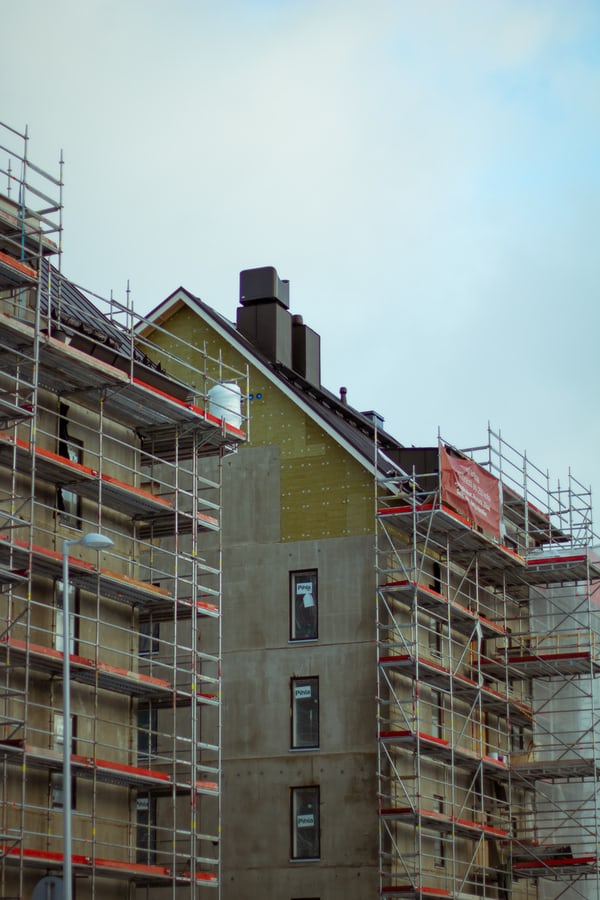So what is Index Linking?

You’ve received your insurance renewal documents and the figure you had for the reinstatement cost of your building appears to have gone up. Why?
It is a fundamental principle in insurance that the sum insured must accurately reflect the risk that is being insured. If you don’t and there is a claim, insurers can apply an ‘average’ condition which proportionately reduces the amount of any claim proceeds. For example, if a property needs to be rebuilt after a fire at a cost of £200,000, and you have only insured it for £100,000, that is 50% underinsurance, and your claim payout will therefore be 50% of what you had insured it for, ie £50,000.
Very few people or management companies have a building Reinstatement Cost Analysis carried out every year – in fact every three years is the recommended frequency by insurers. To keep the reinstatement cost, or Declared Value as it will be shown on your insurance documents, up to date, insurers on policies for blocks of flats or commercial property policies will often include an index linked uplift at renewal.
Most insurers rely on the BCIS (Building Cost Information Service) Index, a monthly report published by the Royal Institution of Chartered Surveyors which analyses percentage increases in rebuilding costs, to index link the Declared Value. However, this is then further calibrated to take into account regional differences and the insurers own data taken from claims. This can mean that different insurers apply different index linking figures for similar properties in the same location.
However, by taking the index linked figures, the condition of average is usually waived by insured, as long as the three yearly more detailed reinstatement cost analysis is carried out, to make sure there are no anomalies.
But why the larger than usual increases now? Although it is easy to blame everything on it at present, the dreaded ‘C’ word (no, not Christmas) is largely the problem. The Covid 19 pandemic has caused huge challenges for the construction industry with initial delays not having been caught up, and labour supply problems as tradesmen are forced to isolate or shield. There are also difficulties in the supply chain, with materials and equipment being held up for the same reasons.
Both of these factors have helped drive the cost of materials, labour and construction pricing much higher, as builders find themselves in even higher demand than usual. As the BCIS index is a real time snapshot of the construction market at any given monthly interval, currently these increases are being priced into the indexation percentages. However, just as they can go up, they can also come down as the construction industry and, hopefully, life in general returns to more normality.
Should you be concerned that the rebuilding figure for your property is incorrect or out of date, and would like to have a Reinstatement Cost Assessment carried out, we can recommend firms that can offer relatively inexpensive desktop valuations for you. And remember, the market value of your property probably bears no relation at all to what it would cost to rebuild the property in the event of a total loss, so don’t be misled by bouyant property prices.
As always, the experienced team at Albanwise Insurance Services are only at the other end of a phone if you would like any further guidance or clarification.



